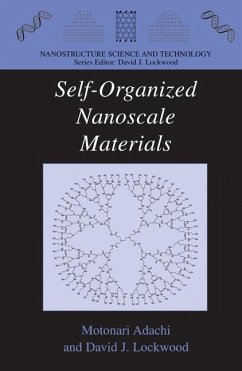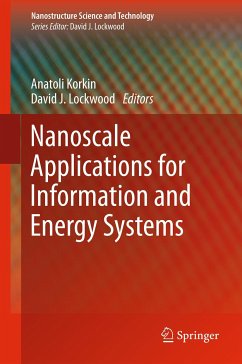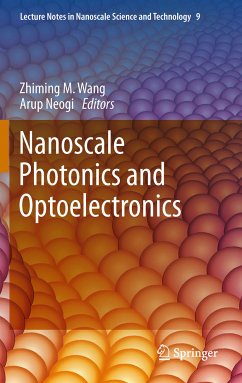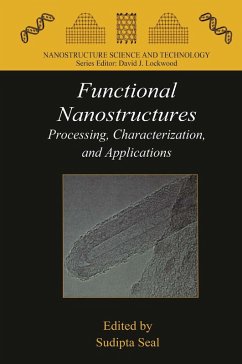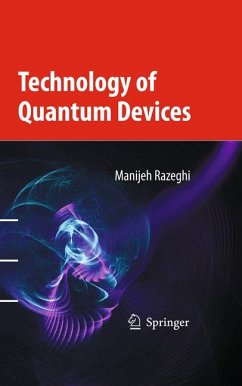
Computational Methods for Nanoscale Applications (eBook, PDF)
Particles, Plasmons and Waves
Versandkostenfrei!
Sofort per Download lieferbar
160,95 €
inkl. MwSt.
Weitere Ausgaben:

PAYBACK Punkte
80 °P sammeln!
Computational Methods for Nanoscale Applications: Particles, Plasmons and Waves presents new perspectives on modern nanoscale problems where fundamental science meets technology and computer modeling. This book describes well-known computational techniques such as finite-difference schemes, finite element analysis and Ewald summation, as well as a new finite-difference calculus of Flexible Local Approximation MEthods (FLAME) that qualitatively improves the numerical accuracy in a variety of problems. Application areas in the book include long-range particle interactions in homogeneous and hete...
Computational Methods for Nanoscale Applications: Particles, Plasmons and Waves presents new perspectives on modern nanoscale problems where fundamental science meets technology and computer modeling. This book describes well-known computational techniques such as finite-difference schemes, finite element analysis and Ewald summation, as well as a new finite-difference calculus of Flexible Local Approximation MEthods (FLAME) that qualitatively improves the numerical accuracy in a variety of problems. Application areas in the book include long-range particle interactions in homogeneous and heterogeneous media, electrostatics of colloidal systems, wave propagation in photonic crystals, photonic band structure, plasmon field enhancement, and metamaterials with backward waves and negative refraction.
Computational Methods for Nanoscale Applications is accessible to specialists and graduate students in diverse areas of nanoscale science and technology, includingphysics, engineering, chemistry, and applied mathematics. In addition, several advanced topics will be of particular interest to the expert reader.
Key Features:
Computational Methods for Nanoscale Applications is accessible to specialists and graduate students in diverse areas of nanoscale science and technology, includingphysics, engineering, chemistry, and applied mathematics. In addition, several advanced topics will be of particular interest to the expert reader.
Key Features:
- Utilizes a two-tiered style of exposition with intuitive explanation of key principles in the first tier and further technical details in the second
- Bridges the gap between physics and engineering and computer science
- Presents fundamentals and applications of computational methods, electromagnetic theory, colloidal systems and photonic structures
- Covers "hot topics" in photonics, plasmonics, and metamaterials.
Dieser Download kann aus rechtlichen Gründen nur mit Rechnungsadresse in A, B, BG, CY, CZ, D, DK, EW, E, FIN, F, GR, HR, H, IRL, I, LT, L, LR, M, NL, PL, P, R, S, SLO, SK ausgeliefert werden.





